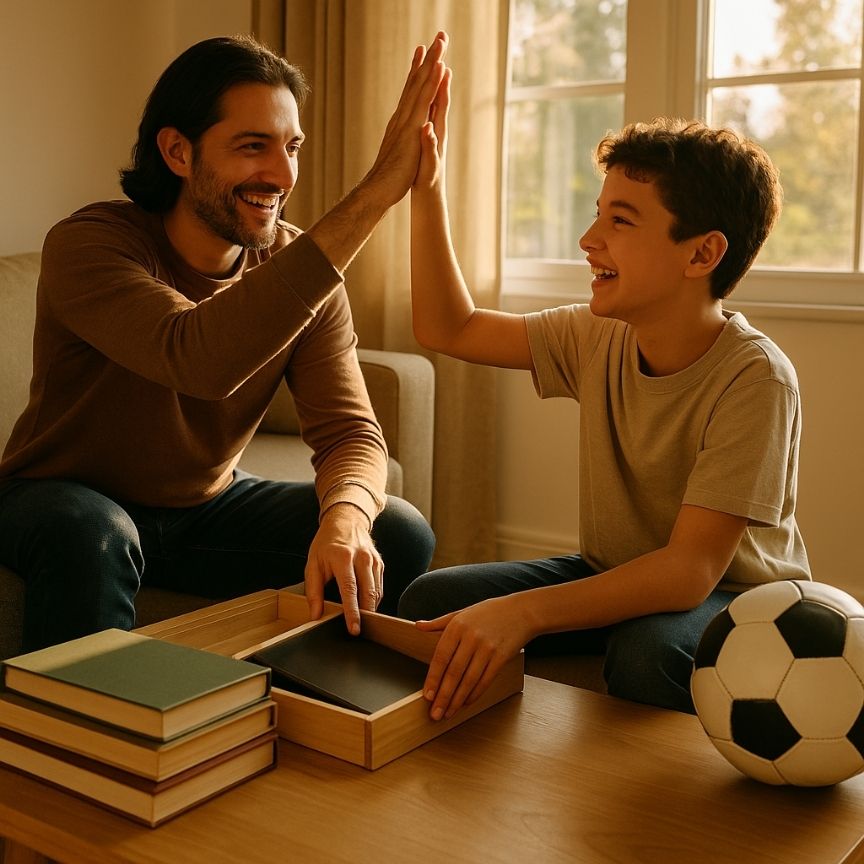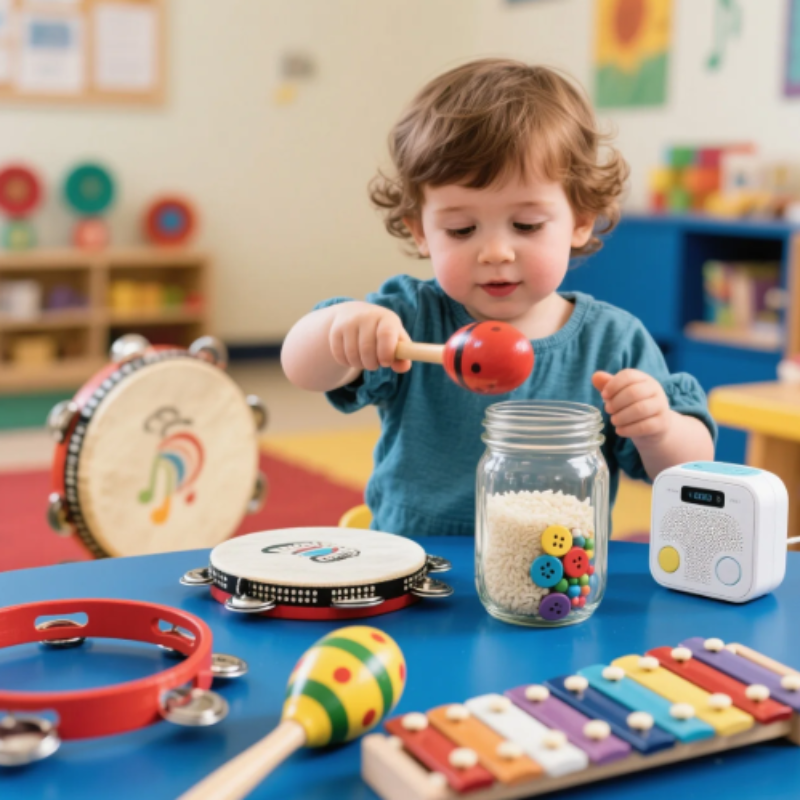Introduction
Screens now sit beside crayons on the playroom floor and share desk space with math workbooks. Their glow is familiar, comforting, and—when unmanaged—capable of crowding out sleep, exercise, and in-person chatter. Parents who ask “At what age should kids stop having screen time?” often wish for a simple cut-off date, like outgrowing a crib. Yet expert guidance from the American Academy of Pediatrics (AAP) and World Health Organization (WHO) shows that the real issue is not an age ceiling but how, why, and when devices are used.aap.orgwho.int
Balancing digital opportunities with healthy development means thinking less about banning screens at 10 or 12 and more about gradually handing the reins to children as their brains, bodies, and judgment mature. This article unpacks developmental milestones, research on attention and mental health, and practical household strategies so families can shift the question from “When do we stop?” to “How do we steer?”
1. The Myth of a Magical Cut-Off Age
Parents often hear playground rules of thumb—“No video games after age nine!”—but evidence doesn’t support a one-size-fits-all deadline. In fact, the AAP withdrew strict hourly limits for school-age kids in its 2016 update, switching to individualized family media plans.aap.org Instead of counting minutes, pediatricians recommend tracking three broader patterns:
- Purpose: educational, creative, social, or purely passive?
- Context: shared with a caregiver or solo in a bedroom at midnight?
- Balance: is ample time left for sleep, movement, chores, free play, and in-person relationships?
When those pillars wobble—grades slip, eyes redden, meltdowns follow device removal—screen use, not age, is the culprit.
2. Developmental Milestones and Screen Needs
Below is a stage-by-stage snapshot of how children’s brains and bodies handle screens, alongside current professional recommendations.
0–18 Months: Sensory Sponges
Infants learn by mouthing toys and watching faces. The AAP advises zero entertainment screen time here, except live video chats that nurture attachment with traveling relatives.aap.org
18–24 Months: First Taps
Toddlers may explore short, well-designed educational clips—ideally co-viewed so a parent translates on-screen balloons into squeaky “Pop!” sounds. Limit sessions to a few minutes and avoid background TV that blurs conversation.
2–5 Years: Storybook Screens
Preschoolers enjoy interactive alphabet games and gentle shows, but studies tie excess exposure to sleep disruption and later attention issues. Most authorities cap non-educational viewing around one hour on weekdays and three on weekend days.aacap.org
6–10 Years: Skill-Building and Schoolwork
Elementary years explode with typing practice, coding puzzles, and virtual field trips. Here, daily totals vary by homework load, but parents should keep screens out of bedrooms, maintain device-free dinners, and model breaks every 30–45 minutes to protect eyes and posture.mayoclinic.org
11–13 Years: Social Springs
Tweens crave messaging apps and group gaming. Emotion regulation still lags impulse, so joint rule-setting is vital: agree on screen-curfew alarms, shared passwords, and one unplugged hobby (sports, art, volunteering) that anchors self-esteem offline.
14–18 Years: Toward Autonomy
Teens research papers, edit videos, and network across continents. Rather than an outright stop, families can pivot to mentoring: discuss algorithms, privacy, and how scrolling moods predict tomorrow’s motivation. A recent 2025 APA study showed a bidirectional loop—higher weekday screen hours predicted more emotional struggles, which in turn fueled extra scrolling.apa.org

3. Why “Stop” Isn’t the Goal
Just as we don’t declare an age to “stop eating sweets,” media literacy grows by managed exposure, not blanket bans. Abruptly yanking devices can spark secrecy, strained trust, and missed chances to teach critical thinking about clickbait and misinformation. Instead, psychologists urge a scaffolded release: start with tight limits, gradually hand over decision-making, and step in if patterns slide back into imbalance.
Moreover, digital fluency is now a pillar of economic opportunity. Coding camps, video editing gigs, and online language exchanges can seed future careers. The task is to prioritize creation over consumption—making a stop-motion film beats bingeing prank compilations.
4. Crafting a Family Media Plan
A written plan turns fuzzy intentions into shared rules. Key elements include:
- Daily rhythm: device-free wake-up and wind-down windows (e.g., 7-8 a.m.; 8-9 p.m.).
- Core commitments: eight hours of sleep, one hour of physical play, outdoor daylight exposure.
- Content ladder: green-light (science channels), yellow (cartoons), red (age-gated).
- Checkpoints: weekly “digital debrief” where kids present a favorite app and what they learned.
- Consequences: pre-agreed device pause, not open-ended loss, so accountability feels fair.
Families can revisit the chart each birthday to loosen reins—mirroring how bedtime gets later—while still protecting essentials like homework focus and meal conversation.aap.org

5. Warning Signs and Red Flags
Even with a solid plan, watch for cues that screen time is edging from hobby to dependency:
- Mood whiplash: irritability when unplugged followed by quick calm when reconnected.
- Social retreat: skipping hangouts, sports, or hobbies to maintain online streaks.
- Sleep erosion: late-night gaming causing groggy school mornings.
- Academic dips: missed assignments or slipping grades, especially in reading comprehension.
If two or more persist for several weeks, consider a family reset—24-hour digital sabbath, professional counseling, or installing usage trackers that reveal cold numbers.
6. Phasing Down, Not Cutting Off
Rather than circling a birthday on the calendar, phase-down methods work better:
- Device Downgrades: Move from personal tablets to a shared living-room computer for a month to break binge habits.
- Challenge Streaks: 30-day “Read 20 Pages Before Gaming” charts swap dopamine hits.
- Analog Alternatives: Keep craft kits, sports balls, and paperback series visible and reachable—choice architecture matters.
- Role-Model Mirroring: Parents silence push notifications during dinner and charge phones outside bedrooms. Kids copy what they see.
- Tech-Free Zones: Declare bathrooms, cars during rides to school, and grandparents’ house screen-silent to rehearse boredom tolerance.
These gradual shifts help children internalize boundaries rather than view them as externally imposed fences.

Conclusion
Asking when kids should “stop” having screen time frames technology as a passing toy rather than a lifelong tool. A healthier lens is progressive partnership: parents guide, then co-pilot, then hand over the steering wheel as children prove they can navigate on their own. Guided by pediatric research and tuned to each child’s temperament, families can keep screens in their rightful seat—supporting creativity, learning, and connection without eclipsing sleep, active play, and face-to-face laughter.





